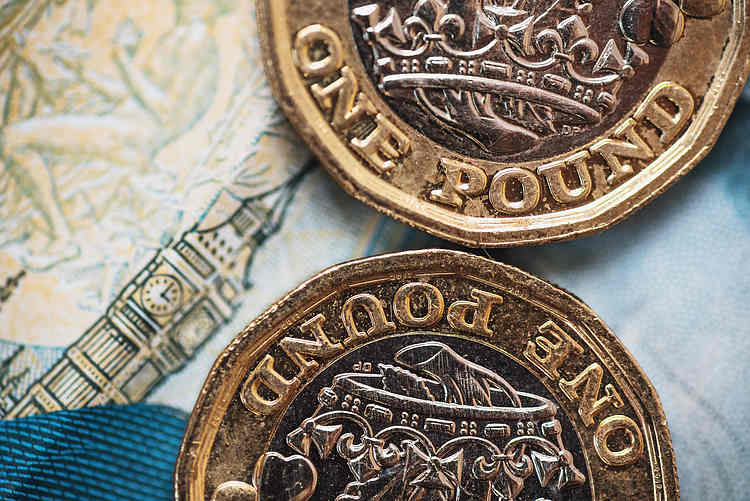The GBP/USD pair traded above 1.2860 following the release of better-than-expected US Retail Sales data, which helped to ease market fears of a potential US recession. The UK GDP met expectations, and manufacturing also showed stronger improvement than anticipated. The positive data prints from both countries boosted overall market sentiment, pushing the Greenback lower and allowing the Pound to recover into the high side.
US Retail Sales saw a significant growth of 1.0% MoM in July, surpassing the forecast of 0.3% and reversing the previous month’s contraction of -0.2%. This positive economic indicator reassured investors and alleviated concerns about a looming recession in the US. Despite this, the chances of a double interest rate cut by the Federal Reserve in September were diminished. Meanwhile, the UK GDP figures for the second quarter aligned with expectations, with a 0.6% QOQ increase and a 0.9% YoY rise. Manufacturing production in the UK also showed a strong rebound in June, with a 1.1% MoM growth, surpassing forecasts and recovering from the previous month’s decline.
The bullish recovery in GBP/USD on Thursday allowed the pair to stay above the 50-day Exponential Moving Average (EMA) at 1.2787. Although the pair experienced a technical bounce after hitting the 1.2800 handle earlier in the day, the rally lost momentum just before reaching a fresh two-week high. Currently, the intraday price action is consolidating just above 1.2850, indicating a somewhat bullish bias for the Pound against the US Dollar.
The Pound Sterling, also known as GBP, is the oldest currency in the world and the official currency of the United Kingdom. It accounts for a significant portion of global foreign exchange transactions, with key trading pairs such as GBP/USD, GBP/JPY, and EUR/GBP. The value of the Pound Sterling is heavily influenced by monetary policy decisions made by the Bank of England, particularly in relation to maintaining price stability through inflation targeting. Adjustments in interest rates play a crucial role in shaping the value of the currency based on economic conditions.
Various economic indicators, such as GDP, PMI, and employment data, also have an impact on the value of the Pound Sterling. A strong economy is beneficial for Sterling as it attracts foreign investment and can potentially lead to interest rate hikes by the Bank of England, strengthening the currency. On the other hand, weak economic data can result in a depreciation of the Pound Sterling. Additionally, the Trade Balance indicator, which measures the difference between a country’s exports and imports, influences the value of a currency. A positive net Trade Balance strengthens a currency due to increased demand for exports.
Overall, the recent positive data releases from the US and UK have boosted market sentiment and supported the GBP/USD pair’s recovery. Improving economic indicators have alleviated concerns of a recession in the US and highlighted the resilience of the UK economy. Moving forward, investors will closely monitor economic data releases and monetary policy decisions to gauge the future direction of the Pound Sterling against the US Dollar.










